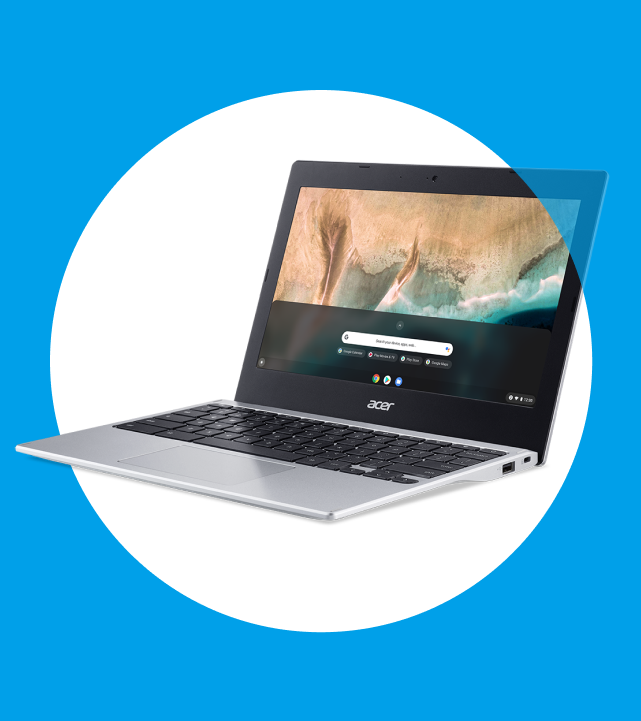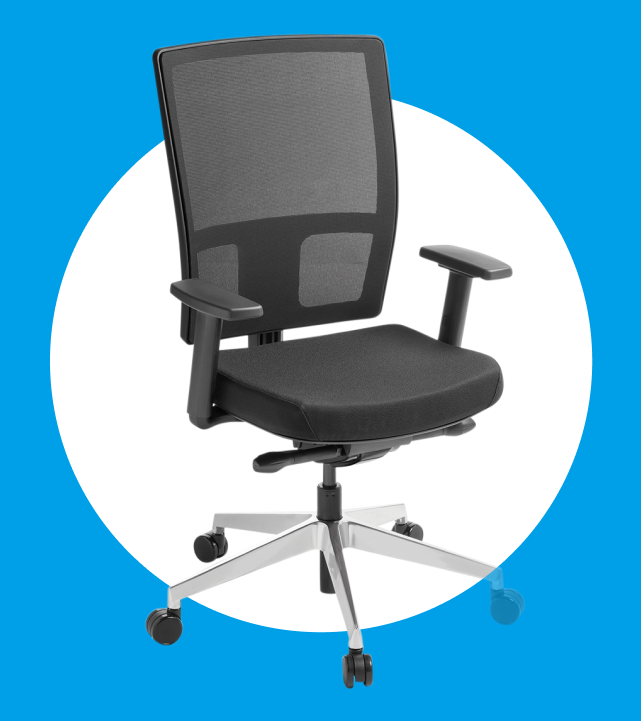GROWING PAINS
A crystal ball into your financial future: Preparing a cash flow forecast
A cash flow forecast is a financial road map, which attempts to predict all the cash movements in and out of your bank account over a set period of time. It is key to business sustainability and success.
Why? Many good businesses can be profitable, but may still run out of money if they, for instance, buy big pieces of plant and equipment or have large loan repayments.
So, if your business has $5,000 in the bank and you want to end the year with a cash flow of $50,000, the only reliable way to achieve this is to plan.
It’s important to note, however, that cash flow forecasts, despite best intentions, will almost certainly turn out wrong every year in some way. I’d bet that no business person ever has got to the end of the year, compared actual results to their forecast, and given themselves a big pat on the back while thinking ‘well done, a perfect match!’
The fact is that life happens while we’re working, and things change that affect cash flow. So forget about perfection and remember that the process of planning is far more important than the plan itself.
Or as former US president, Dwight Eisenhower, said: “In preparing for battle I have always found that plans are useless, but planning is indispensable.”
In other words, planning forces you through a healthy thought process.
So how do you prepare a cash flow forecast? It’s all about asking yourself a series of questions.
Start point
First, confirm how much money is in the bank.
Money coming in
Next, determine the inflows to your bank account. Record all the different types of cash inflows, such as sales, funds introduced, bank loans drawn down, interest received, rebates and grants.
How do you do that? There are two main ways to evaluate your inflows:
What happened last year? Our businesses tend to follow trends, so what happened last year is likely to indicate what will happen this year. As a start point, put last year’s financial data into a spreadsheet (more on the mechanics of this later).
What’s changed from last year? There will be new trends, new directions, plus changes to your business or to the economy. Write down what’s changed and reflect it in your financial forecast.
If you’re starting up a business, then research as much as possible about your industry, and use this information as the basis for your cash flow thinking. For example, what are your competitors charging? Also think about how many customers you want to have and what you might charge. Then divide these two estimates in half.
Key point: What are the main drivers of revenue? It is vitally important that you understand what is driving your cash inflows so that you can work out the best way to maximise them.
Look at, for example, the number of customers, sales per customer, production capacity and wet weather days. What are the factors that change your revenue? If you understand your drivers, you can ‘sensitise’ your cash flow. This means looking at different scenarios and how they affect things. For instance, what happens when you sell 100 units a month compared with 500 units a month?
Money going out
Do the same exercise for money going out as for money coming in.
Record all the expenses, asset purchases, drawings you want to take out, loan repayments and any other item which is leaving, or is going to leave, your bank account.
Use the same reference points too, i.e.:
What happened last year?
What’s changed from last year?
Key point: What are the main drivers of cost? As with revenue, you need to understand what is driving your cash outflows so that you can work out the best way to minimise them.
Look at your cost of sales, wage costs and fixed costs. If you understand your drivers, you can improve your cash flow – and look at different scenarios. For example, what happens if your wage cost improves from 35% of sales to 30%?
The mechanics of preparing a cash flow forecast
Having examined inflows and outflows you now need to transform that mass of raw information into a cash flow forecast that answers the following questions:
- Is your business profitable and, if so, to what extent?
- Do you have enough cash for your plans? For example, you may have a very profitable business, but your expansion plans threaten to strip out cash and leave you under pressure.
- Many people need a cash flow forecast to see if they can/should borrow from the bank. Does your cash flow answer the borrowing question?
- What can you change to improve your result (i.e. what are the financial drivers of your business)?
- How are you doing throughout the year compared to the cash flow forecast, bearing in mind it will be at least slightly wrong? Also, gaining an understanding the variances and what causes them are critical to improving both your business and your forecast for next year.
Three ways to transform information into a forecast
Depending on your level of skill, and the time and energy you have, you can choose to:
1. Go it alone
Do it yourself and export last year’s profit and loss data into a csv file (like Excel or Google Sheets) and use it as a basis for this year’s forecast. You will need to add in non profit and loss items such as loan repayments, drawings and asset purchases or sales. After this you would ideally then re-import it into your accounting software so you can report actual to forecast. This is a great tool for business management.
2. Lean on software
Cash flow forecasting software that links to your accounting software will cut down on manual entry. Depending what accounting software you use, you should be able to find some connecting cash flow forecast software. You can ask your accounting software provider for the best option.
3. Get a professional to do it
This is the low fuss way to get there, but you should still involve yourself in the process or a good portion of the benefits will be lost. As we discussed above, thinking through different scenarios and understanding what drives your business will inform how you run and develop your business. A professional can help with that.
Also, get a quote before you start with a professional so there are no unpleasant surprises in the mail! Beany charges between $495 and $995 for a sound, responsive cash flow forecast, which is inputted into your accounting software so you can track how you’re going through the year.
Your cash flow forecast is an annual financial road map, which will help you see where you’re going and help you avoid a cash flow crisis.
Call us on 0800 755 333 if you want to discuss your particular situation with one of the Beany team or email me at [email protected]. Or visit our website for more information.



